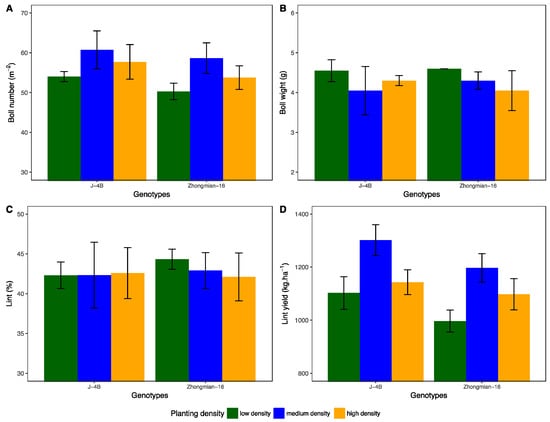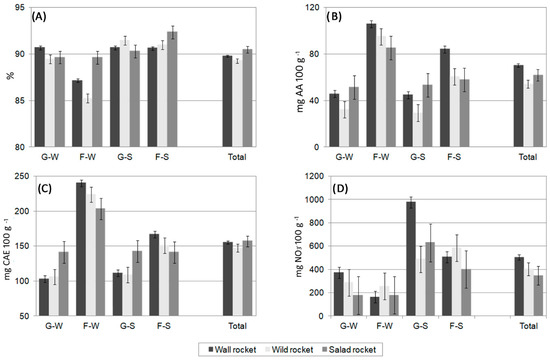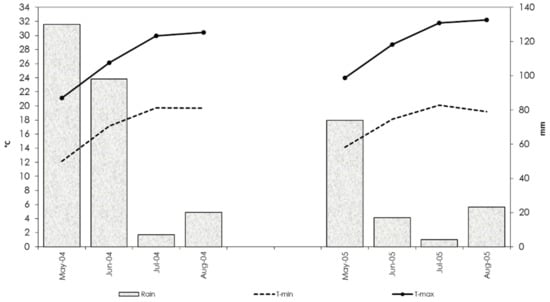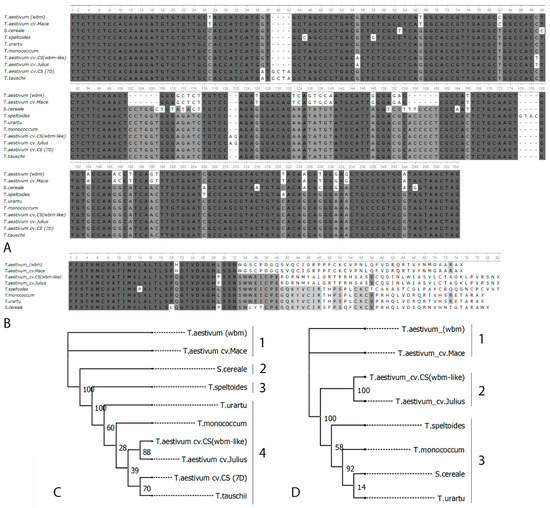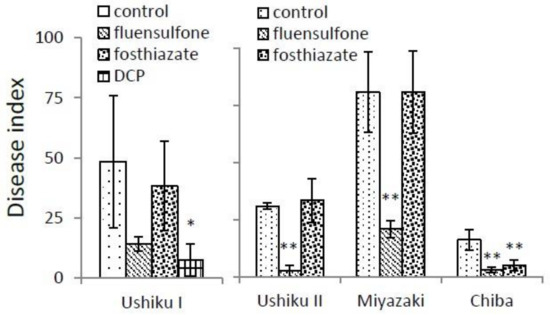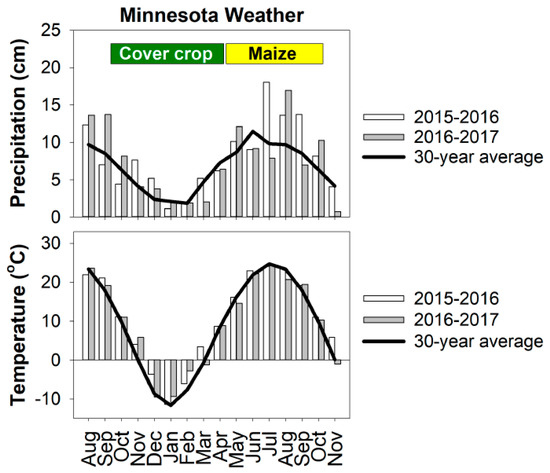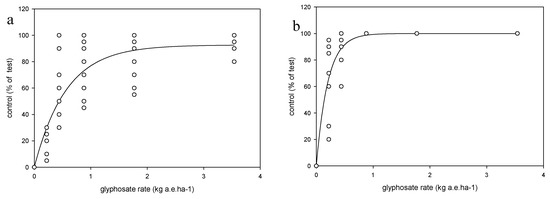Agronomy 2019, 9(12), 864; https://doi.org/10.3390/agronomy9120864 - 10 Dec 2019
Cited by 6 | Viewed by 4503
Abstract
Several narrow or broadband spectral indices can be calculated at varying spatial and spectral resolution, which can then be correlated with the physiological and nutritional status of the leaves. In a three-year trial carried out on fruiting, potted cv. Barbera grapevines subjected to
[...] Read more.
Several narrow or broadband spectral indices can be calculated at varying spatial and spectral resolution, which can then be correlated with the physiological and nutritional status of the leaves. In a three-year trial carried out on fruiting, potted cv. Barbera grapevines subjected to full (N+) or no (N0) nitrogen supply, seasonal evolution of different leaf spectral indices were correlated with non-destructive chlorophyll readings (Minolta SPAD meter), leaf gas exchange, and vine performance. Throughout the entire trial, N starvation resulted in greater-than-proportional limitation of vine yield as compared to vegetative growth (55% compared to 26% less than values measured on N+). Indices calculated within the red-edge spectral domain had highest sensitivity to relative change between N+ and N0, also indicating that the promptest response was recorded at the median shoot zone level. Twelve broadband indices were linearly correlated with leaf blade N concentration at veraison, indicating that N values ≤ 1.8% of dry matter identify a limiting N status. Any of these indices collected at the leaf level can be reliably used as a non-destructive predictor of N availability, albeit due to significant between-year variation in their absolute values at a given N level, readings should always include a well-supplied N treatment.
Full article
(This article belongs to the Special Issue Recent Advances in Viticulture and Breeding of Grapevine)
►
Show Figures




